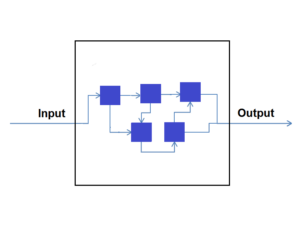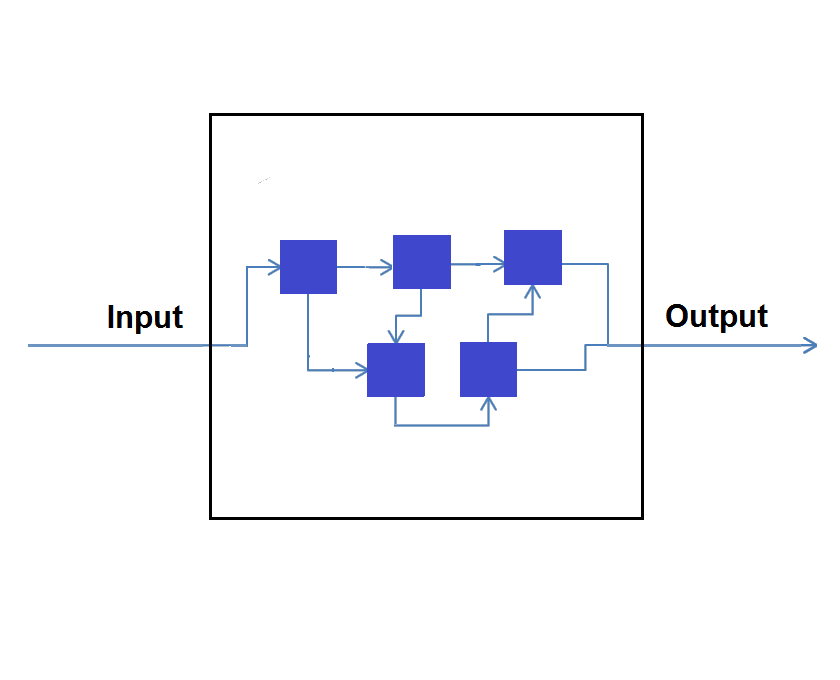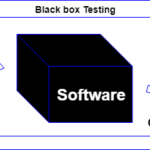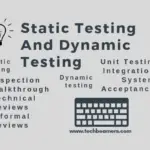Unlock the secrets of software testing with White Box Testing, a cutting-edge strategy that grants testers full access to an application’s inner workings. This dynamic approach has a variety of names, including Clear Box Testing, Open Box Testing, and Structural Testing, to name a few.
With White Box Testing, testers can select inputs to execute paths through the code and identify the corresponding outputs. This requires strong programming skills and knowledge of the system’s implementation. Unlike other testing methods, White Box Testing goes beyond the surface-level functions of an application, diving deep into the core of a system to provide comprehensive coverage. So, if you’re ready to take your testing skills to the next level, dive into White Box Testing today!

This method got called such different names as any application, in the view of the testers, is similar to a white or a glass box. And they can also take a closer look inside the whole system.
White box Testing as per ISTQB
ISTQB represents the International Software Testing Qualifications Board. It is a non-profit Belgium-based organization that contributes to global testing standards and provides testing certifications. Let’s hear how does ISTQB define White Box Testing?
Definition:
It is a testing methodology that gets executed based on the internal structure and the design of the software.
Design Process:
Test design and selection proceed upon the details available of the internal code and design structure of the application under test.
White box Test Scenario:
A tester or a developer can also go through the implementation in the code of a specific feature in the application, resolves all positive and negative paths, and verifies the outcomes as per the expected behavior, which gets also ascertained by analyzing the implementation at the code level.
We can consider White Box Testing as the work of a mechanic who inspects the engine to detect why the vehicle is not operating.
Where does it apply to?
This method touches upon the following areas of manual testing:
1. Unit Testing:
Here, the smallest unit of the code determines the possible paths for the validation.
2. Integration Testing:
In this flow, the tester performs validation between two or more modules of the application.
3. System Testing:
This phase is the stability phase where the QA finds and examines the paths between different subsystems.
The main level of the white box testing works by focusing on multiple units present in the application.
White box Testing Techniques:
The following techniques help in writing white box test cases and in execution as well.
1. Memory leak detection:
Here, the testers focus on finding problems like stack overflow, buffer overflows, memory leaks, etc. The tools such as Valgrind, and C++ memory leak detectors get used to support this level.
2. Code coverage:
Code coverage gets also measured to ensure the percentage of the code covered by the white box tests. This process can guide the testers to write cases for areas that remain untouched. Here, tools like C++ code coverage validator, and GCOV facilitates this level.
This technique has three different levels.
i) Statement Coverage:
In programming terminology, a statement represents the line of code or the instruction for the compiler to recognize and respond accordingly.
It returns the total executable lines of the application exercised by the tests executed.
ii) Branch Coverage:
A branch indicates instructions that include the use of the IF clause in the code.
An IF clause has two possible branches: Success and Failure.
It helps to determine the amount of code using the branching which further drives to write the appropriate no. of test cases.
ii) Path Coverage:
Path coverage is focussing on determining the tests covering all possible paths in an application.
It is an inclusive technique that makes sure that no paths remain left without validation. Such coverage is even more useful than Branch coverage. This technique is beneficial for validating complex products.
White box Testing Pros and Cons:
Pros:
1. The tester can begin white box testing at an earlier stage. They don’t have to wait for the entire modules to become available.
2. This testing process is more inclusive, provides more coverage into application parts, and hence increases the possibility of testing most of the paths.
Cons:
1. White box test design is sophisticated, and requires relevant programming skills, and resources who have a thorough knowledge of the application design.
2. Managing the test code and the scripts are additional tasks and require extra effort.
3. This type of testing has tight coupling with the source of the application under test. Hence, frequent changes in the code require re-execution, and even sometimes lead to new paths for testing.
Are you ready to take your skills to new heights? Our tutorials are here to help you grow, no matter your level of expertise. From the fundamentals to advanced techniques, we’ve got you covered.
- Black Box Testing – A Practical Guide for All Beginners
- Top 20 Software Testing Interview Questions for Testers
- Penetration Testing and Its Types
- Software Testing – A Step-by-Step Guide
- Learn Valgrind – The Best Code Profiling Tool for C/C++ Programmers
Thanks for trusting Techbeamers.









